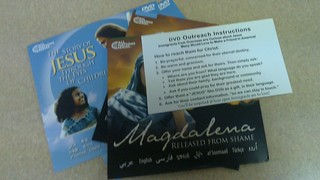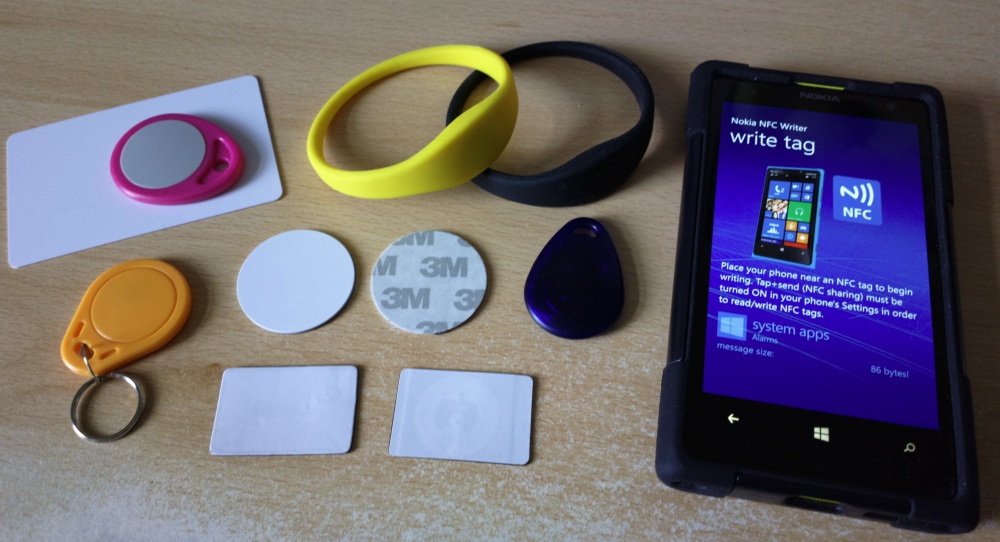Over the years, some of the conversations about mobile ministry have started (and sometimes stalled) at the outreach tools ministries and individuals use for their efforts. A common thing I’m seeing now is mobile apps for rich countries and DVDs/SD cards for poorer ones. Its interesting, and somewhat disheartening.
When you get out of the bubble of being immersed in mobile technologies and behaviors, you start to realize that mobile has a long way to go – mainly because there are methods that media organizations are used to, methods that audiences are used to, and a ground that’s transforming beneath them.
Questions asked to media ministries whom are looking at mobile, but already have distribution methods include things like:
- Is the content you currently producing/distributing able to be viewed on mobile devices
- What kinds of mobile devices are being used where you distribute that content
- Can your pre/post-production processes respond to mobile formatting and distribution
- What kinds of metrics does your org, its donors, etc. require
And then there’s just that simple basic thing of culture. Does the content you are bringing to that community already speak towards their culture, or is there some kind of teaching involved to make some of those points translate cleanly? If so, do those outreach tools actually work for outreach, or are they access points towards education (an in-reach activity)?
When someone hands me a DVD or CD today, I as them if they are more interested in getting their message to me than in me being able to use it? I should be asked if DVD/CD is a method that I’m apt to receive for this kind of material (am never asked that). If/when I respond if they have it available to share with me from their mobile and they say no – I have to ask again if they are more concerned with their message than in me receiving it.
When mobile comes into the picture, outreach tools have to not only reflect the intent of the message, but the ears of the audience.


